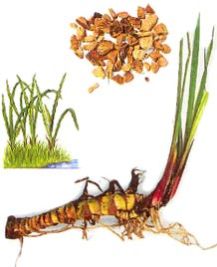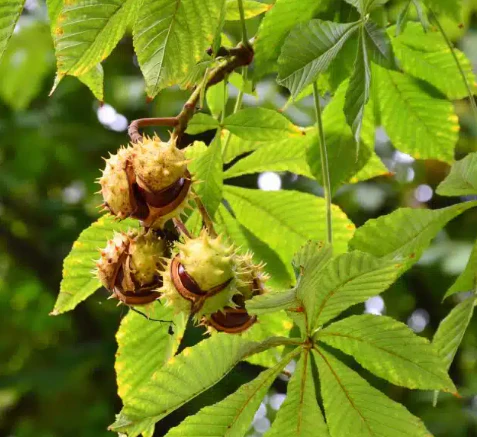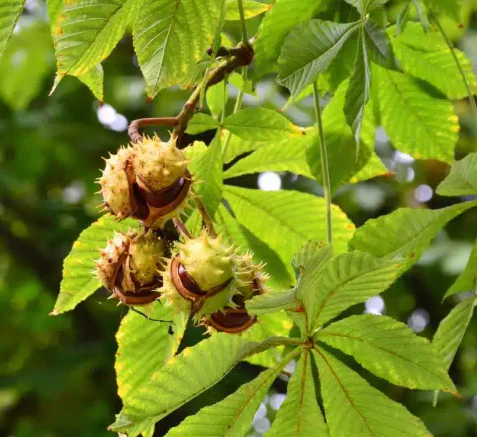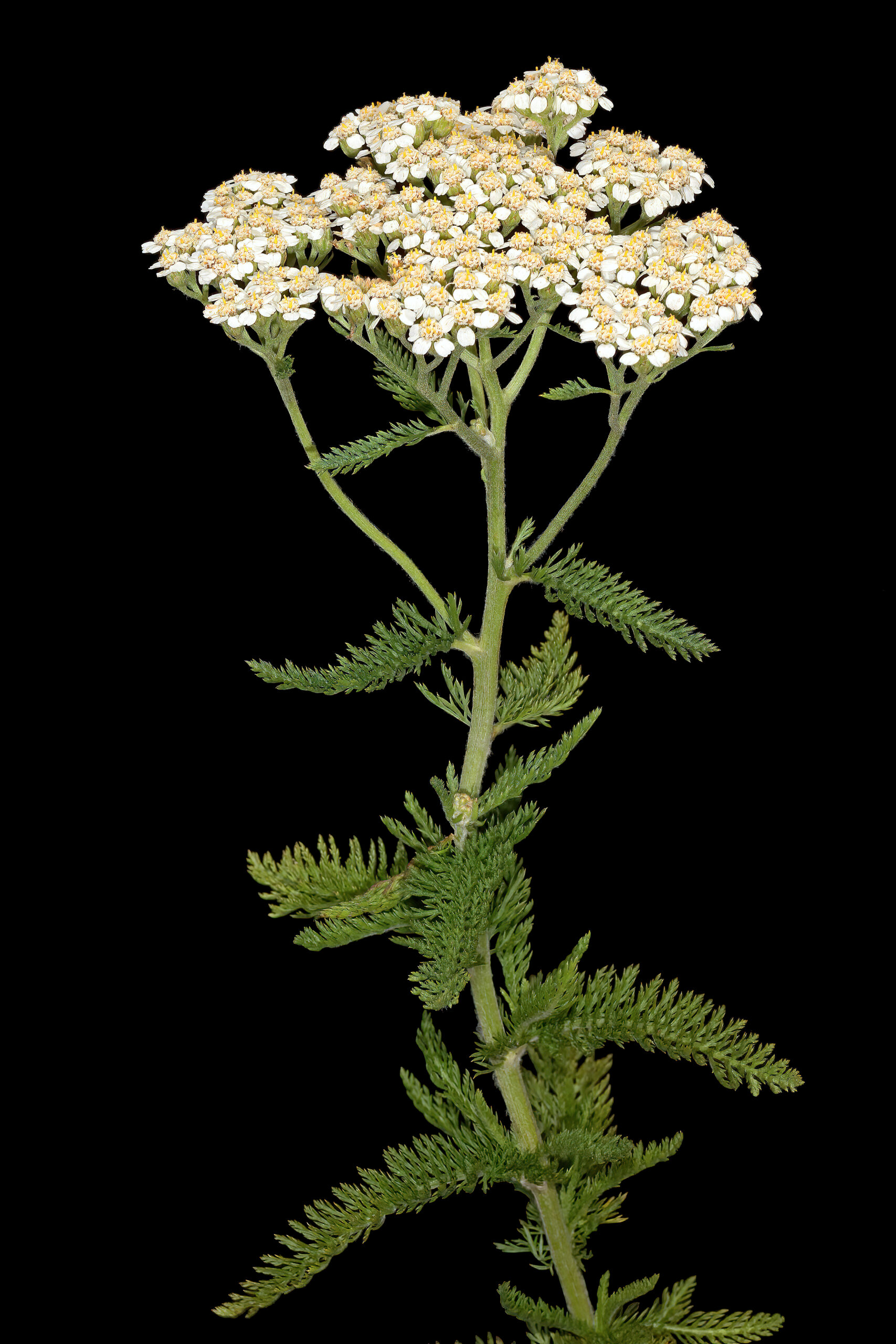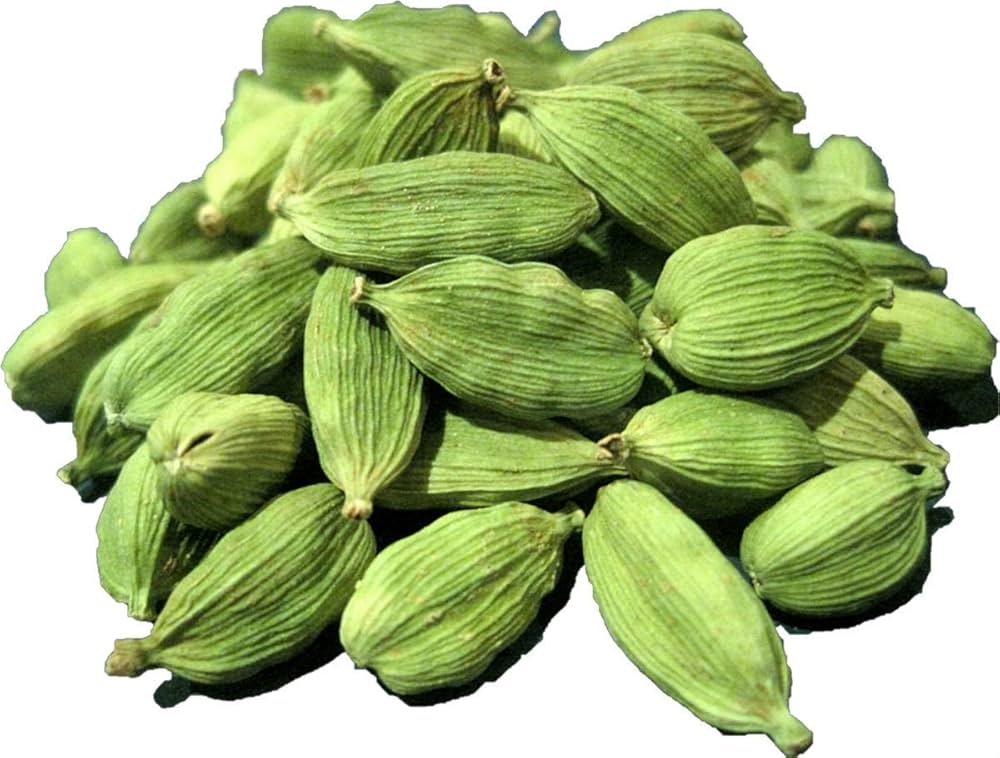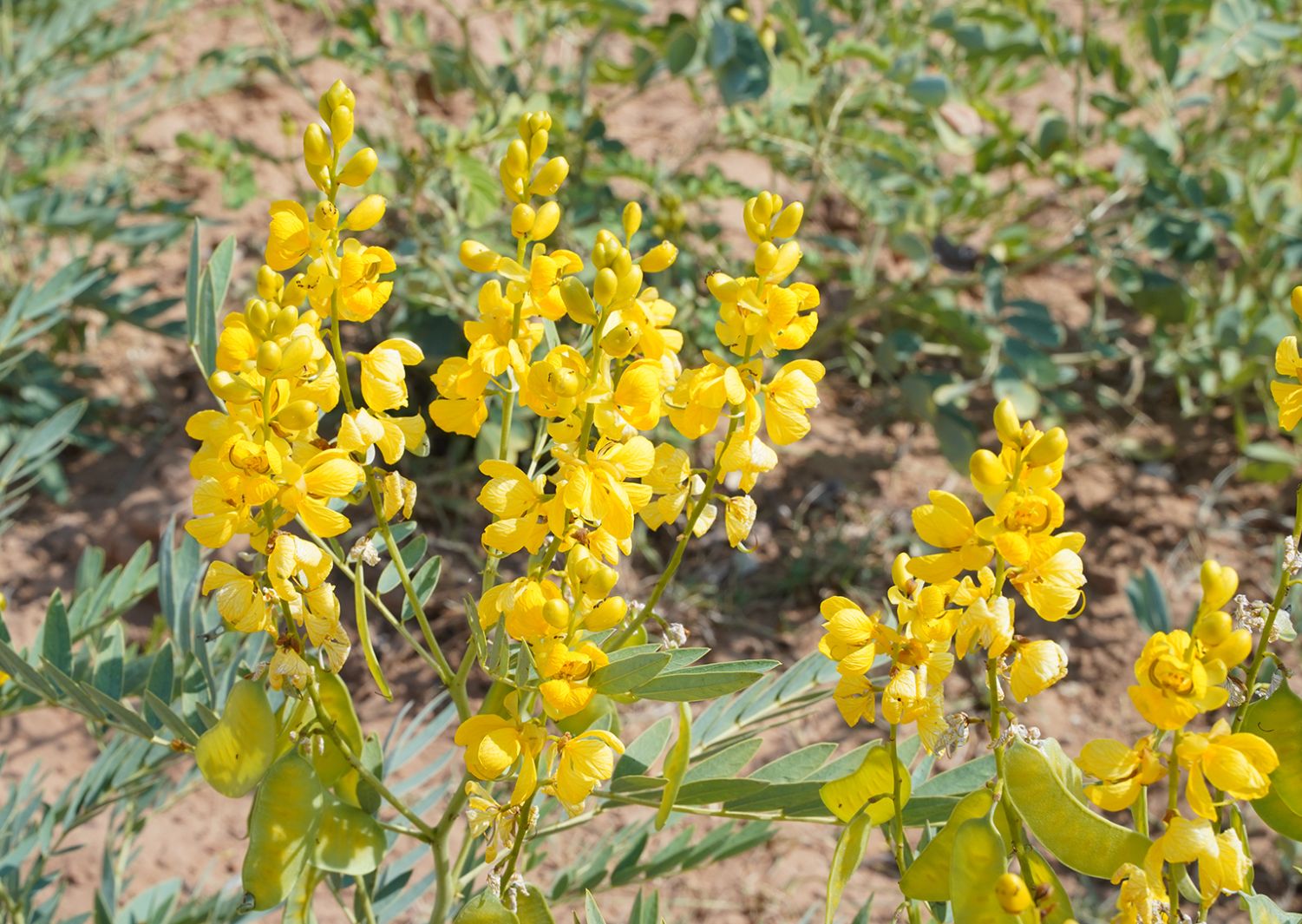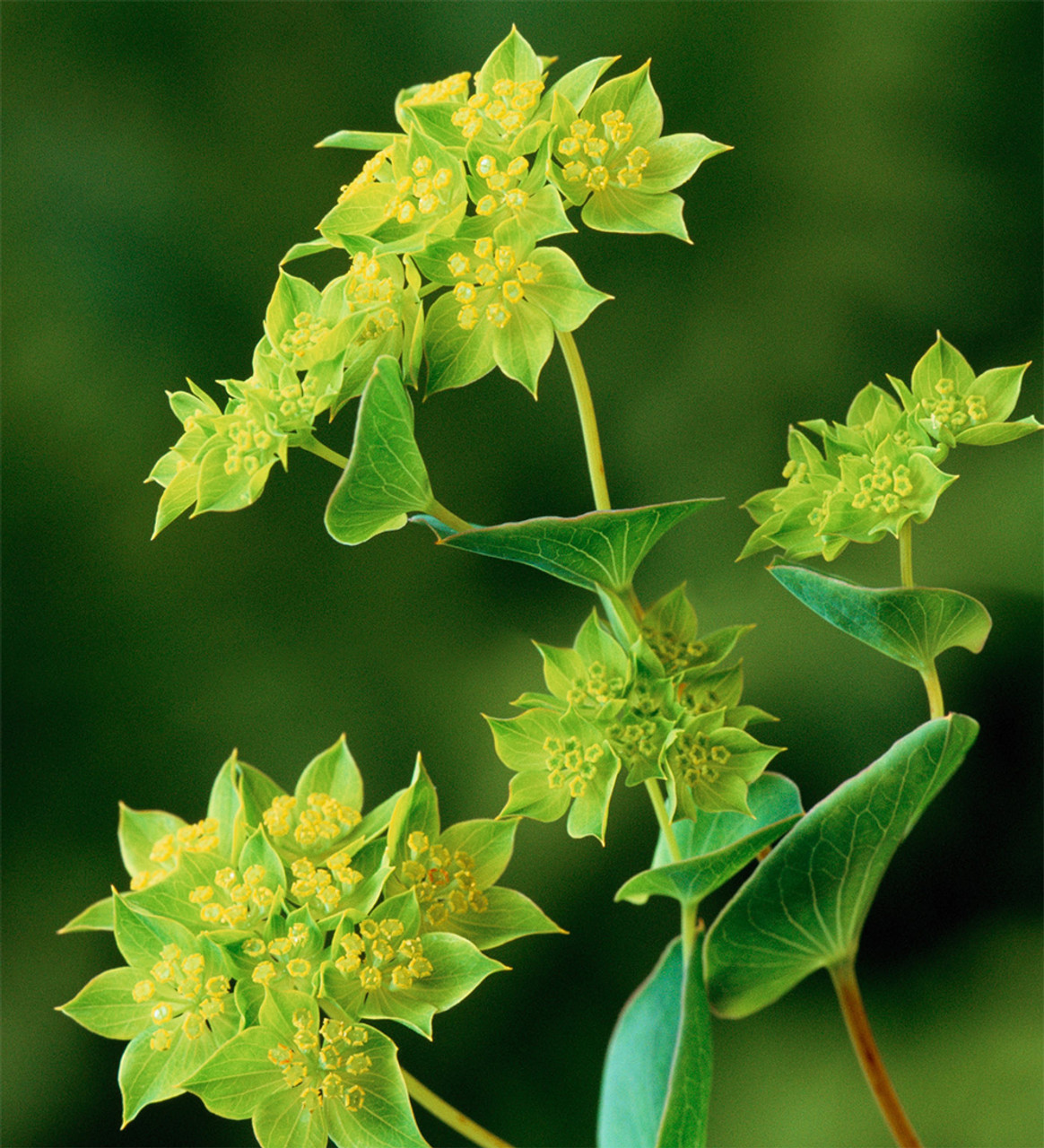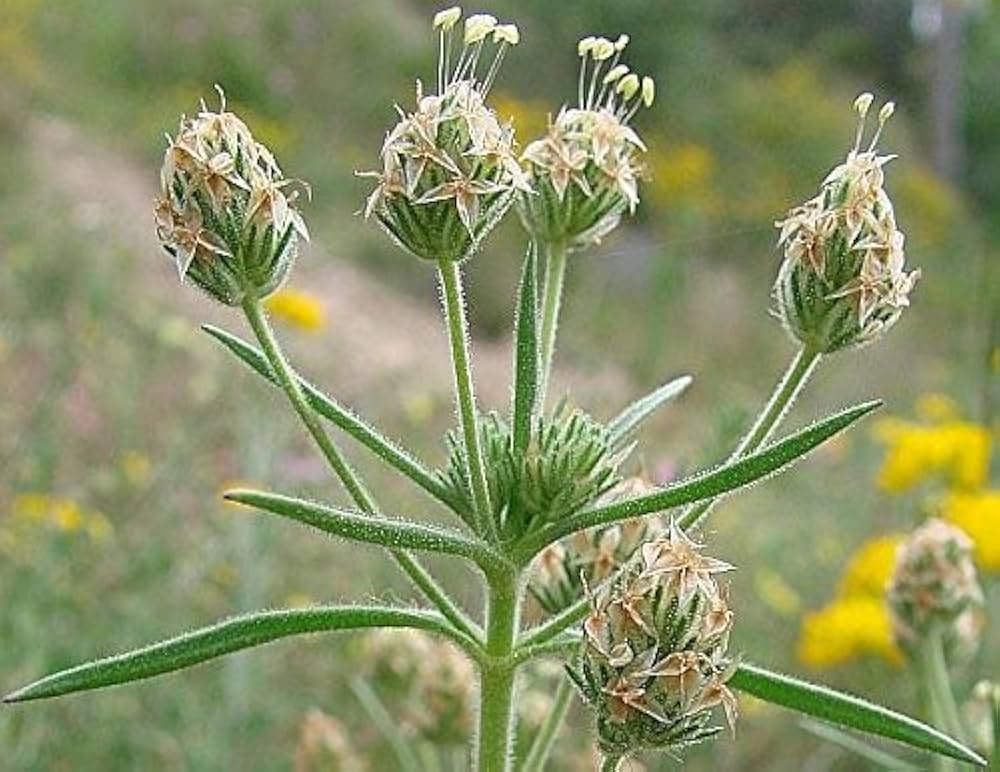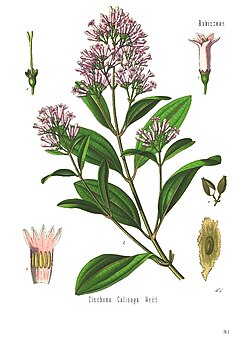
Cinchona is a powerful medicinal tree native to South America, best known as the original source of quinine—a compound historically used to treat malaria. Its bark has been used for centuries to lower fever, support digestion, and stimulate circulation.
✅ Key Uses & Benefits of Cinchona Bark:
🌡️ Antimalarial & Fever-Reducing
- Contains quinine, which has antiparasitic properties and was the first effective treatment for malaria.
- Traditionally used to reduce fevers, chills, and sweating associated with infections.
💪 Digestive Aid & Appetite Stimulant
- Bitter compounds in the bark stimulate stomach acid and digestive juices.
- Helps relieve bloating, indigestion, and loss of appetite.
- Often used in bitters formulas and tonic wines.
❤️ Supports Circulation & Heart Health
- Used to strengthen weak pulse, improve circulation, and combat fatigue.
- May help with low blood pressure or sluggish circulation.
🍹 Tonic Water Origin
- Quinine from cinchona bark was originally added to tonic water to prevent malaria—giving rise to the gin & tonic!
🌿 How to Use Cinchona:
- 💊 Capsules or Tinctures – For fever or digestive support (under professional guidance).
- 🍷 Tonic Wines / Bitters – Used in traditional medicine to aid digestion.
- 🌿 Infusions – Rarely used at home due to its potency and bitterness.
⚠️ Precautions:
- High doses can be toxic—may cause tinnitus (ringing in the ears), vision changes, or even heart issues.
- Avoid during pregnancy, breastfeeding, or if you have heart/kidney disorders.
- Do not self-treat malaria—quinine use must be supervised by a medical professional.
- Can interact with many medications—consult a healthcare provider before use.
Cinchona is a legendary healing bark with fever-fighting, digestive, and circulatory benefits—honored in both herbal medicine and medical history. 🌿🌍🌡️

